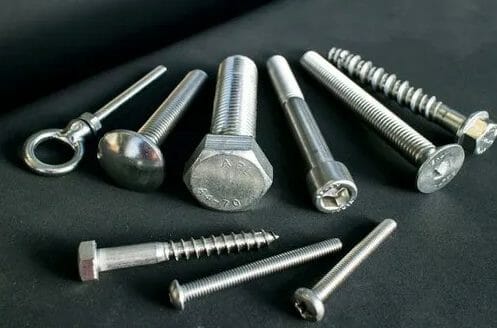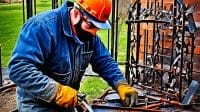Welcome to our practical guide on using stainless steel screws in pressure treated wood! If you’re a woodworking enthusiast looking to build a project that’s designed to last, then you’re in the right place. In this guide, we’ll cover everything you need to know about using stainless steel screws in pressure treated wood, including how they’re made, the benefits of using them, and precautions to take to ensure they last for years to come.
Understanding Pressure Treated Wood
If you’re planning to build an outdoor structure, it’s important to choose the right materials that can withstand the elements and resist decay. One popular option is pressure treated wood, which is an affordable and versatile choice for a variety of projects such as decks, fences, and outdoor furniture.
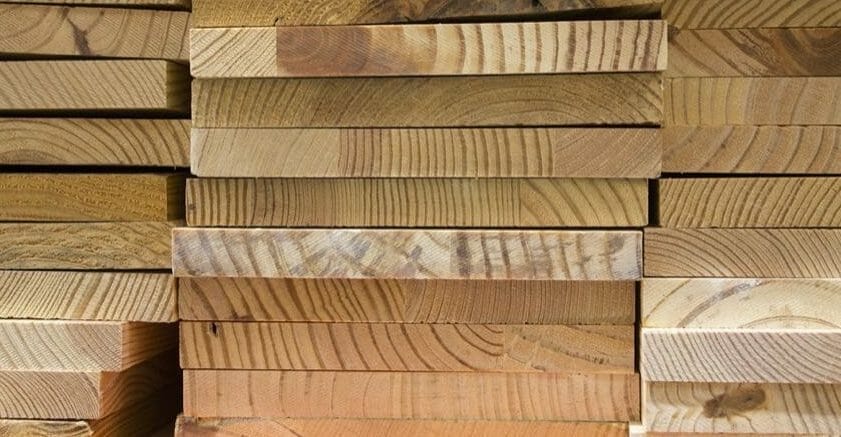
| Benefits of Pressure Treated Wood: |
|---|
| Durability: Pressure treated wood is treated with chemicals that protect it from rot, decay, and insect damage, which can extend the lifespan of your project. |
| Cost-effectiveness: Compared to other types of wood, pressure treated wood is a cost-effective option that won’t break the bank. |
| Easy to find: Pressure treated wood is readily available at most home improvement stores and lumberyards, making it easy to source. |
It’s important to note that pressure treated wood can be more challenging to work with than other types of wood due to its treatment process. It’s also important to take precautions when handling pressure treated wood, such as wearing gloves and a mask, as the chemicals used in the treatment process can be harmful if ingested or inhaled.
The Importance of Choosing the Right Screws
When it comes to working with pressure treated wood, selecting the appropriate screws is a crucial step. Using the wrong type of screw can lead to a host of problems, from stripped threads to instability and structural failure. That’s why it’s essential to understand the different types of screws available and choose the right one for the job.
There are several types of screws that are commonly used in woodworking projects, including wood screws, drywall screws, and deck screws. However, not all screws are created equal, and some are better suited for pressure treated wood than others.
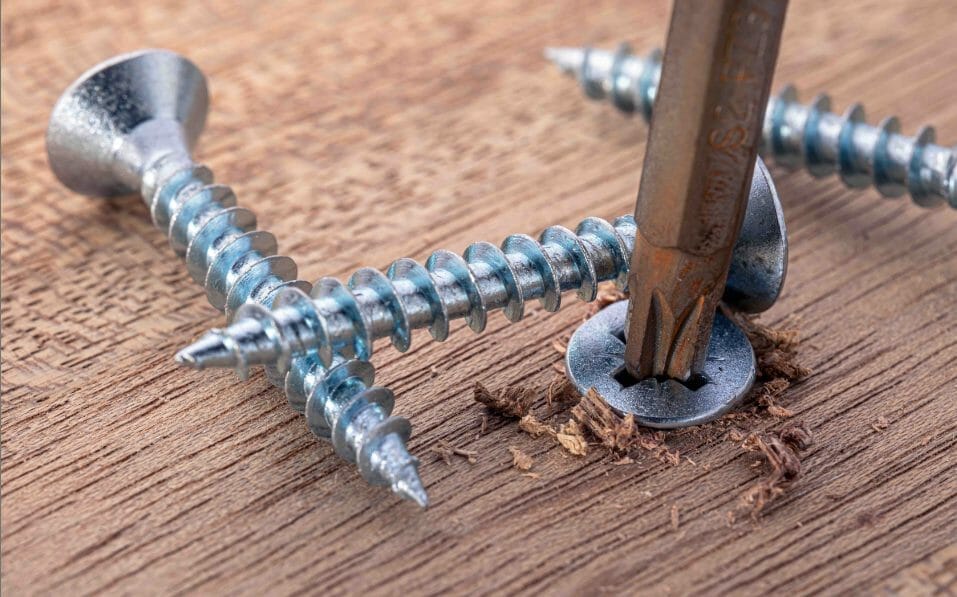
One popular option for working with pressure treated wood is stainless steel screws. These screws are known for their strength and durability, making them an excellent choice for outdoor projects that require resistance to corrosion and weathering. However, not all stainless steel screws are created equal, so it’s important to choose the right grade for your specific project.
Another option is galvanized screws, which are coated with zinc to offer protection against rust and oxidation. While these screws are a popular choice for pressure treated wood, they are not as strong or durable as stainless steel screws and may not be suitable for all applications.
Ultimately, the key to choosing the right screws for pressure treated wood is understanding the specific requirements of your project and selecting screws that are strong, durable, and resistant to corrosion and weathering.
Stainless Steel Screws: Benefits and Advantages
When it comes to outdoor woodworking projects using pressure treated wood, choosing the right screws is crucial. Stainless steel screws offer a number of benefits and advantages that make them a popular choice for these applications.
First and foremost, stainless steel is an alloy made of steel, nickel, and chromium. This unique composition gives it excellent corrosion resistance properties, making it ideal for use in outdoor environments where other metals might be prone to rusting or deteriorating.
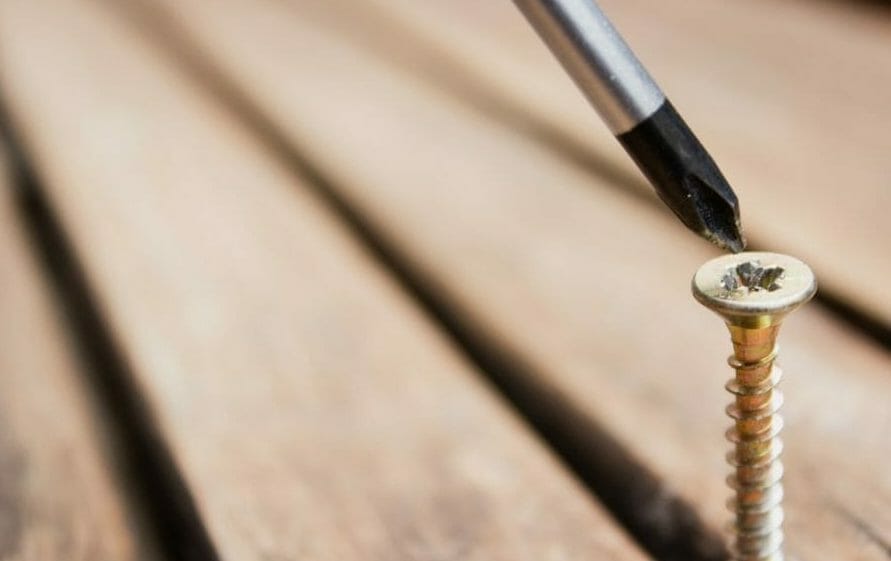
In addition to its corrosion resistance, stainless steel is also extremely durable and strong. This means that it can withstand the wear and tear of outdoor use without becoming brittle or breaking. Its strength also makes it suitable for use in applications where high levels of force or pressure may be involved.
Finally, stainless steel screws are suitable for use with pressure treated wood because they are chemically stable and do not react with the chemicals used to treat the wood. This means that they will not leach harmful substances into the environment or compromise the integrity of the wood over time.
Overall, the benefits and advantages of using stainless steel screws in pressure treated wood applications make them a practical and reliable choice for outdoor woodworking projects.
Compatibility of Stainless Steel Screws with Pressure Treated Wood
While stainless steel screws offer many advantages, it’s important to consider their compatibility with pressure treated wood. One of the most significant concerns is the risk of galvanic corrosion, which can occur when two dissimilar metals are in contact with each other in the presence of an electrolyte, such as moisture.
The chemicals used to treat pressure treated wood can also cause chemical reactions with some types of stainless steel, leading to corrosion and decreased effectiveness of the screws. However, not all types of pressure treated wood will react with stainless steel screws.
To ensure compatibility, it’s important to choose the right grade of stainless steel and to take special precautions during installation.
| Stainless Steel Grade | Compatibility |
|---|---|
| 304 | May exhibit corrosion in some types of pressure treated wood |
| 305 | Generally compatible, but may corrode in some types of pressure treated wood |
| 316 | Highly corrosion-resistant and recommended for use in pressure treated wood |
To minimize the risk of galvanic corrosion and other compatibility issues, it’s recommended to pre-drill holes slightly larger than the diameter of the screw shank, use a barrier between the wood and the screw (such as a plastic washer), and choose screws with a larger diameter and deeper threads for increased grip.
Precautions and Best Practices
When using stainless steel screws in pressure treated wood, it’s important to take certain precautions to ensure optimal performance and longevity. Here are some tips and best practices:
- Pre-drill: Pre-drilling a pilot hole before screwing in the stainless steel screw is highly recommended, especially when working with hardwoods. This will prevent the wood from splitting and also make it easier to drive in the screw.
- Use proper installation techniques: Ensure that the screw is flush with the surface of the wood, but avoid over-torquing, as this can cause the screw to snap or break. Additionally, make sure to choose the right size and length of screw for your project to avoid any mishaps.
- Maintain your hardware: Regular cleaning and maintenance of the screw and surrounding wood will help prevent corrosion and deterioration. Use an appropriate cleaning solution and ensure that the surface is thoroughly dry before re-applying any finish or sealant.
Additional Tips:
If possible, avoid using stainless steel screws that have been exposed to saltwater, as this can cause pitting and corrosion. It’s also important to avoid pairing stainless steel screws with dissimilar metals, as this can lead to a chemical reaction and increase the risk of galvanic corrosion.
Overall, using stainless steel screws in pressure treated wood is a smart choice for outdoor woodworking projects. With proper precautions and maintenance, you can enjoy a durable and long-lasting result that will withstand the elements and maintain its strength and performance over time.
Alternatives to Stainless Steel Screws
While stainless steel screws are a popular choice for pressure treated wood, there are a few alternatives to consider.
One option is galvanized screws. These are coated with a protective layer of zinc, which provides excellent corrosion resistance. Galvanized screws are also widely available and are often less expensive than stainless steel screws.
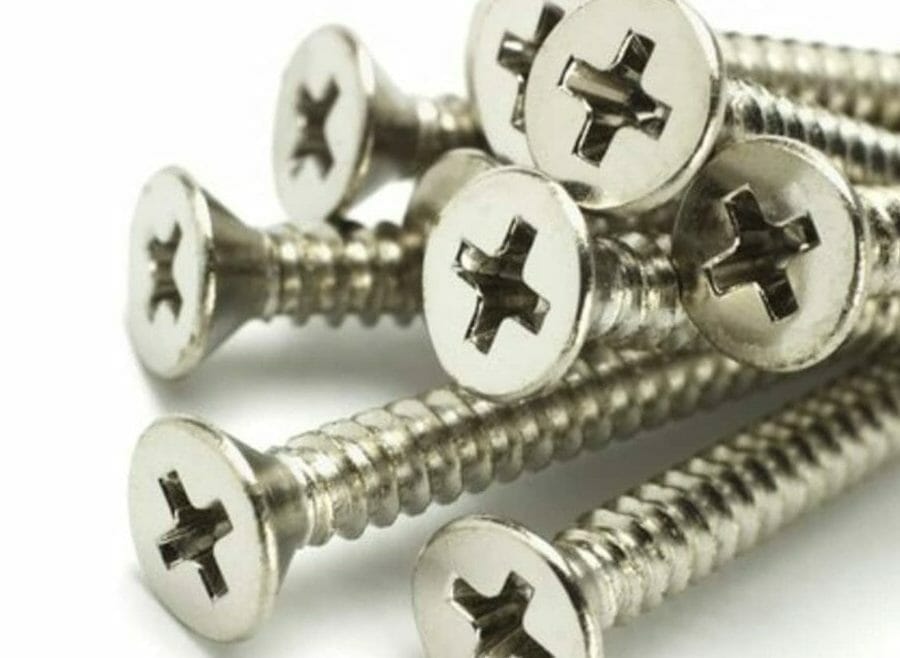
Another alternative is to use non-corrosive fasteners, such as ceramic-coated screws or polymer-coated screws. These screws are designed to resist rust and corrosion, making them ideal for outdoor use.
It’s important to note, however, that these alternatives may not be as durable or long-lasting as stainless steel screws. When choosing an alternative, it’s essential to consider the specific needs of your project and the environment in which it will be used.
Read More : Protect Your Steel with Zinc Plating: Durable and Corrosion-Resistant
Frequently Asked Questions
Here are some common questions about using stainless steel screws in pressure treated wood:
- Can you use stainless steel screws in pressure treated wood?
Yes, you can use stainless steel screws in pressure treated wood. In fact, stainless steel screws are a great choice for outdoor applications, as they are highly resistant to corrosion.
- What are the benefits of using stainless steel screws?
Stainless steel screws have many advantages, including their excellent corrosion resistance, durability, and strength. They are also easy to install and can last for many years, making them a great investment for your woodworking projects.
- What is galvanic corrosion?
Galvanic corrosion occurs when two dissimilar metals are in contact with each other in the presence of an electrolyte, such as water. In the case of pressure treated wood, the chemicals in the wood can act as an electrolyte, causing a chemical reaction that can lead to corrosion of the metal screws.
- How can I prevent galvanic corrosion?
To prevent galvanic corrosion, it is important to choose screws that are compatible with pressure treated wood. Stainless steel screws are a good choice, as they are resistant to corrosion and less likely to react with the chemicals in the wood. It is also a good idea to use a barrier, such as a plastic washer, between the screw and the wood.
- Do I need to pre-drill before using stainless steel screws in pressure treated wood?
Yes, it is recommended to pre-drill before using stainless steel screws in pressure treated wood, as this can help prevent the wood from splitting and ensure a secure and tight fit. It is also important to use the correct size drill bit to ensure a proper fit for the screw.
- Are there any alternative screws I can use for pressure treated wood?
Yes, there are other non-corrosive screw options available, such as galvanized screws. However, it is important to ensure that the screws you choose are compatible with pressure treated wood and suitable for outdoor applications.
The Conclusion:
Using stainless steel screws in pressure treated wood is a practical and durable solution for outdoor woodworking projects. With its superior corrosion resistance and strength, stainless steel is an excellent choice for those looking for a long-lasting and reliable option. However, it is essential to follow proper installation techniques and take necessary precautions to minimize any risks of galvanic corrosion or chemical reactions.
Remember:
Always pre-drill holes before inserting screws, avoid mixing stainless steel screws with other metals, and maintain your project regularly to ensure a long lifespan. By choosing stainless steel screws for your pressure treated wood projects, you can enjoy its benefits and rest assured that your woodworking will stand the test of time.
